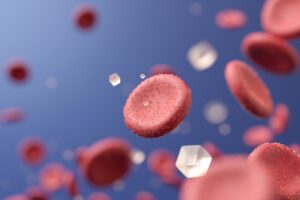Gout is often labelled as a ‘rich man’s disease’ but this has been proven otherwise with many different types of people suffering from it. It is the most frequently recorded medical illness in history and is a form of arthritis caused by a build up of uric acid crystals in the joints.
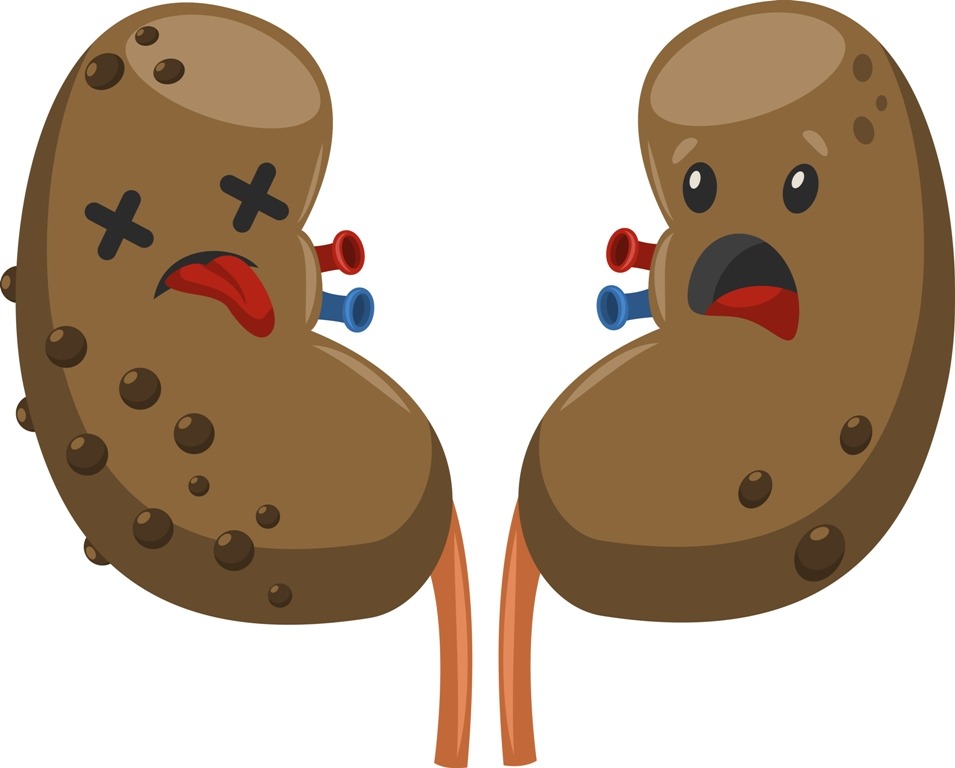
Uric acid is the product of purines found in the food that we eat. When uric acid crystallises in the joints, it can cause painful attacks of arthritis, kidney stones and block the filtering tubules in the kidneys which can lead to kidney failure.
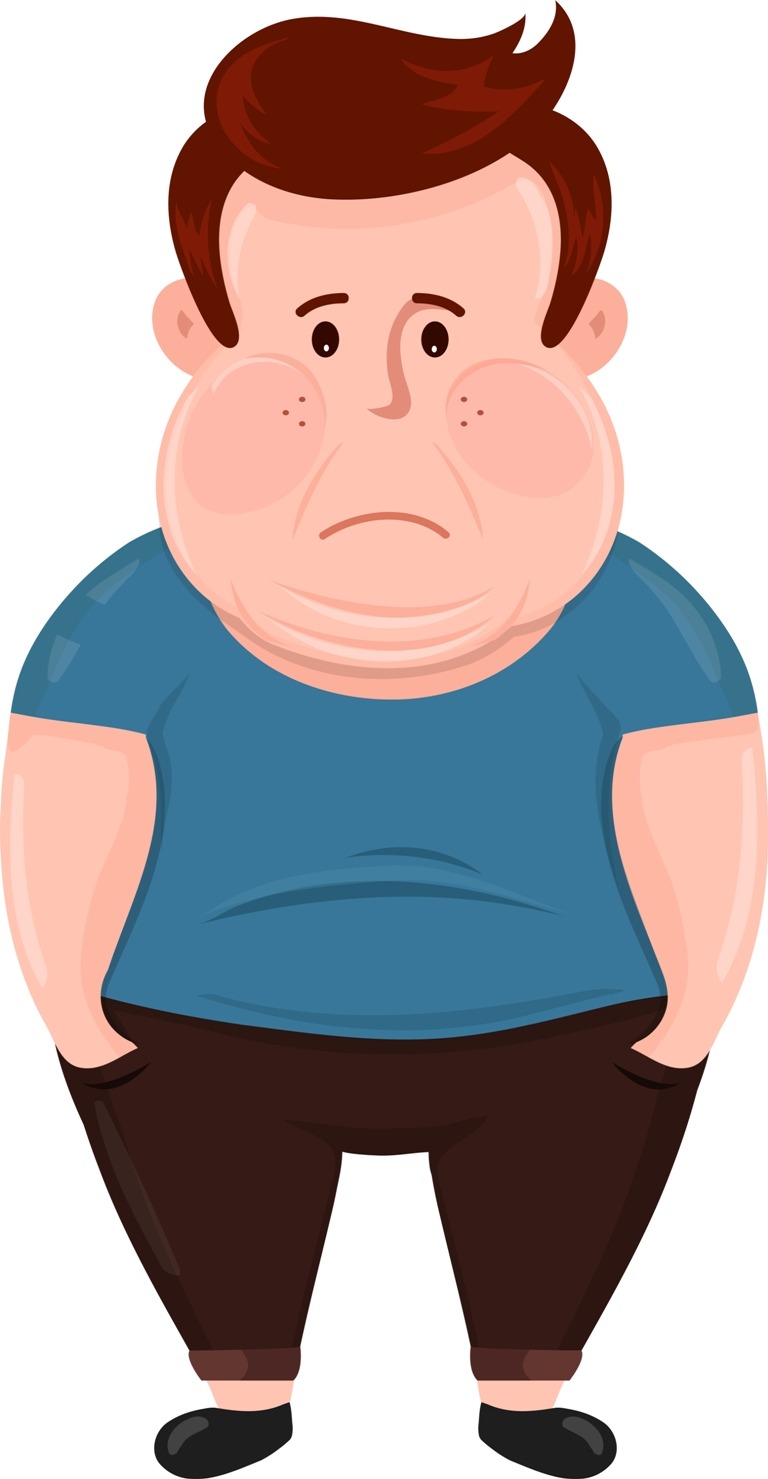
In addition to genetics, risk factors for gout include obesity, excessive weight gain during your youth, moderate to heavy alcohol intake, high blood pressure and abnormal kidney function.
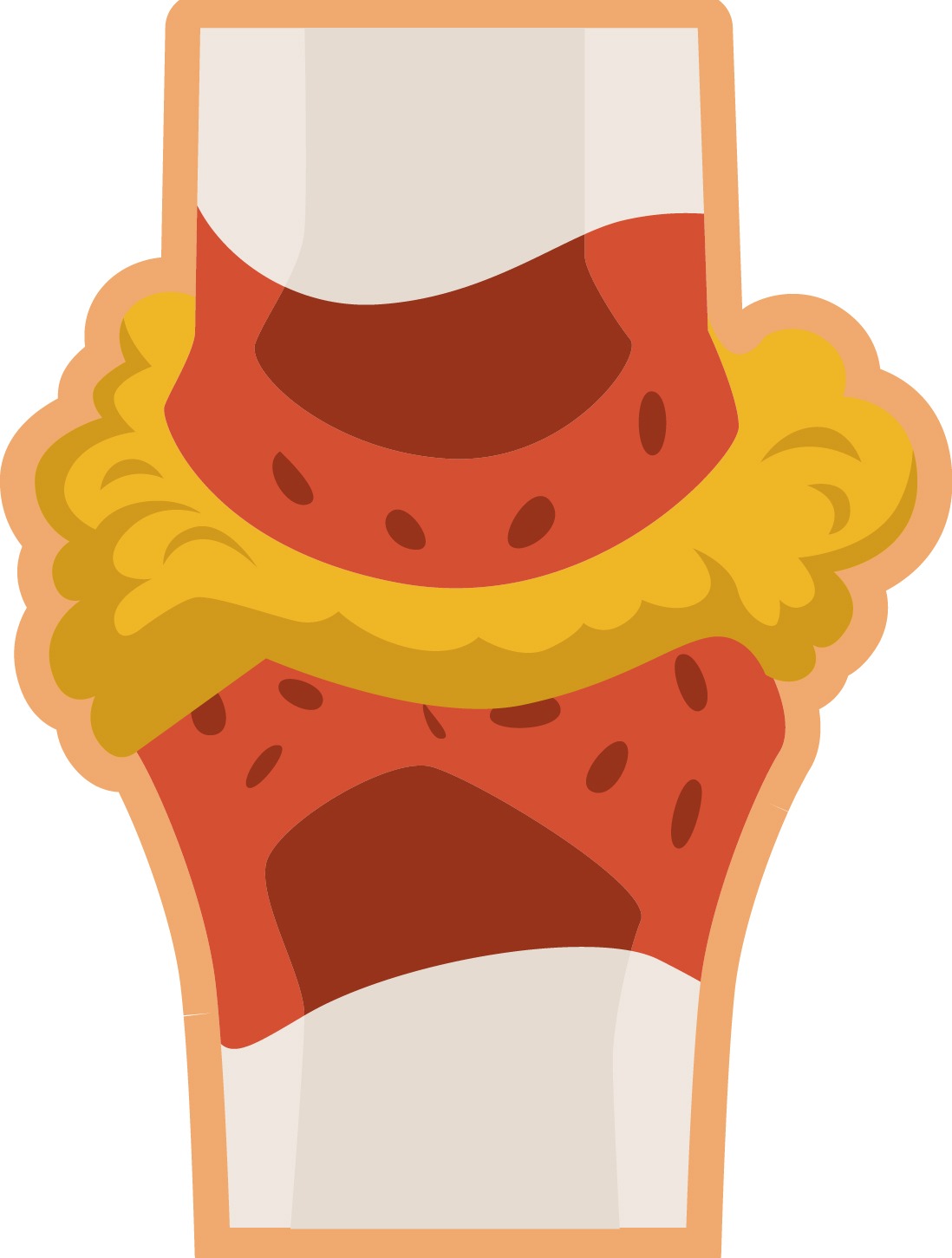
Symptoms of gout include sudden pain in the affected joint followed by warmth, redness and tenderness. The most common joint to have a gout attack is the base of the big toe but for others, gout attacks can happen in the ankles, knees, wrists, fingers and elbows.
Men are more susceptible to gout and contrary to belief, women can have gout too. However, in women, gout attacks usually happen after menopause.
To prevent a gout attack, it is very important to stay hydrated to decrease the risk of kidney stones forming. Alcohol is a known diuretic and can cause dehydration which could cause a gout attack.

It’s best to stick to a low purine diet in order to prevent further gout attacks. Purine-rich food such as shellfish and innards like brain, liver and kidneys should be avoided to reduce the levels of uric acid in the blood. Lifestyle modifications such as losing excess weight with regular exercise and a balanced, low purine diet can help to manage gout symptoms.
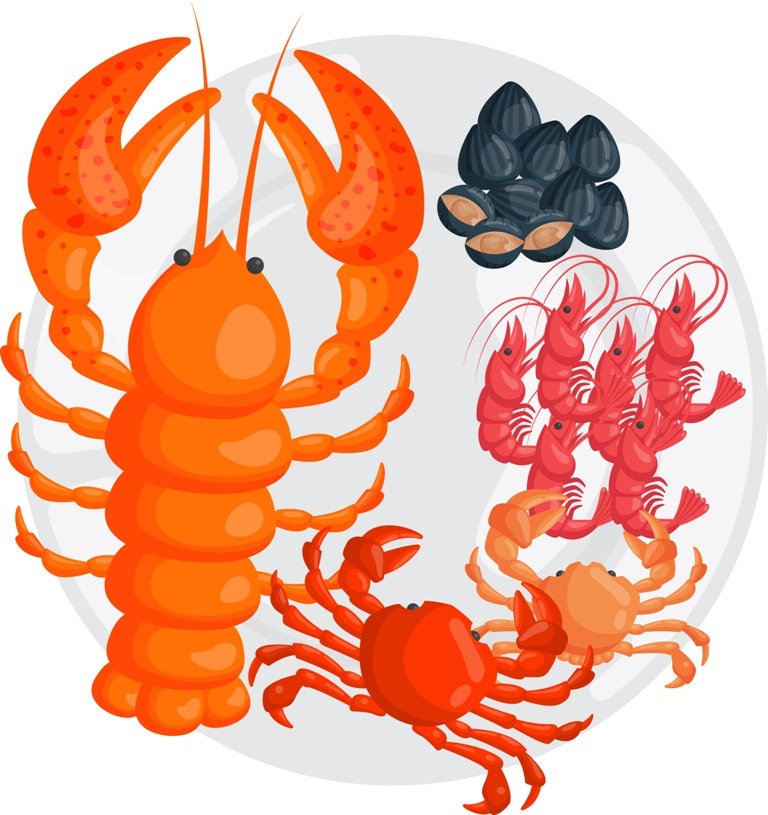
Reference: WebMD.





